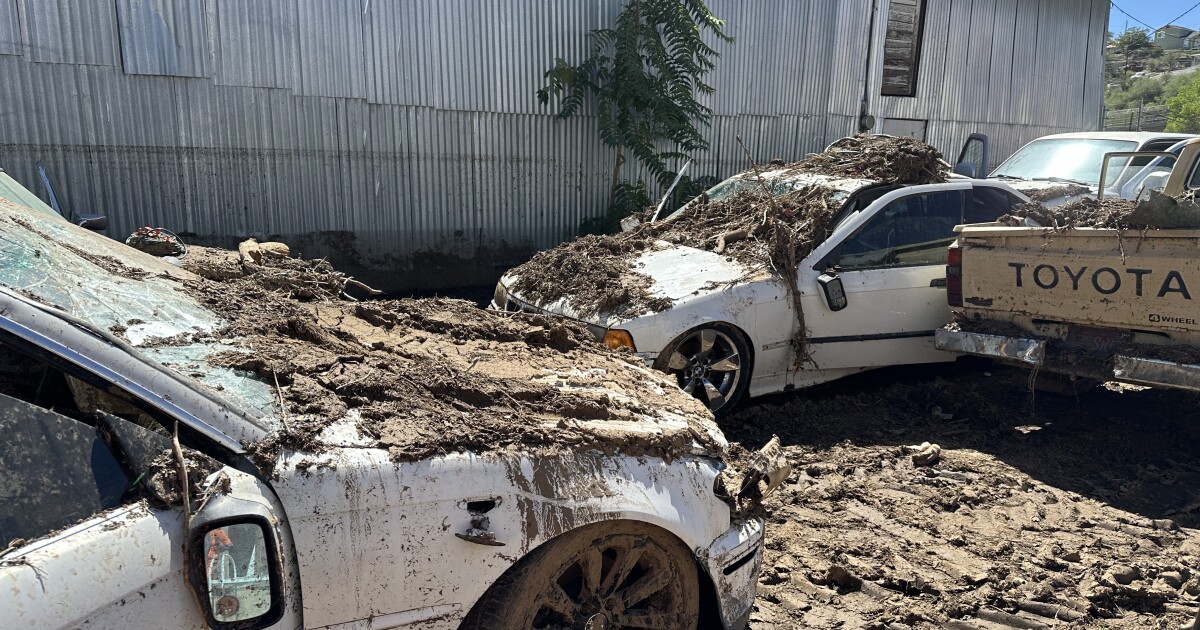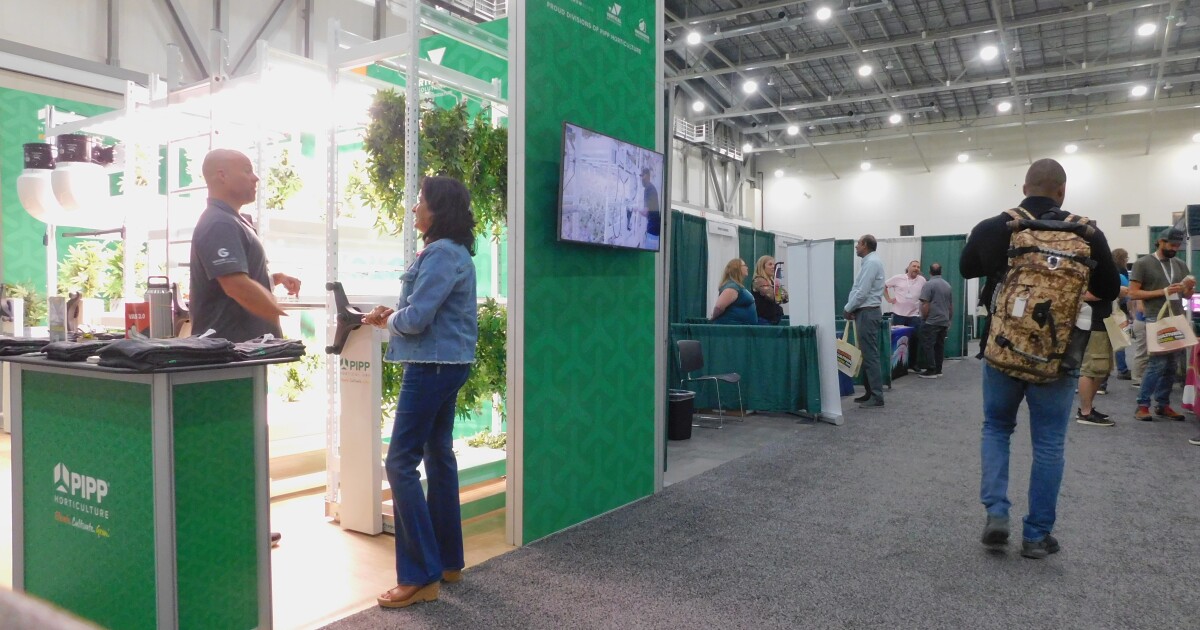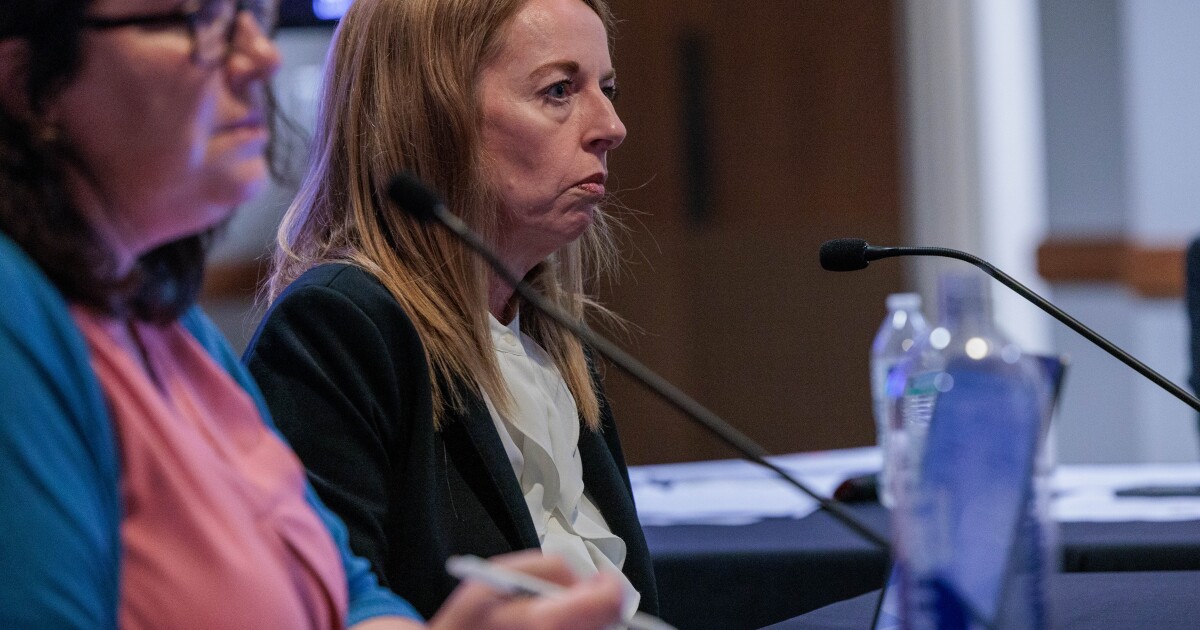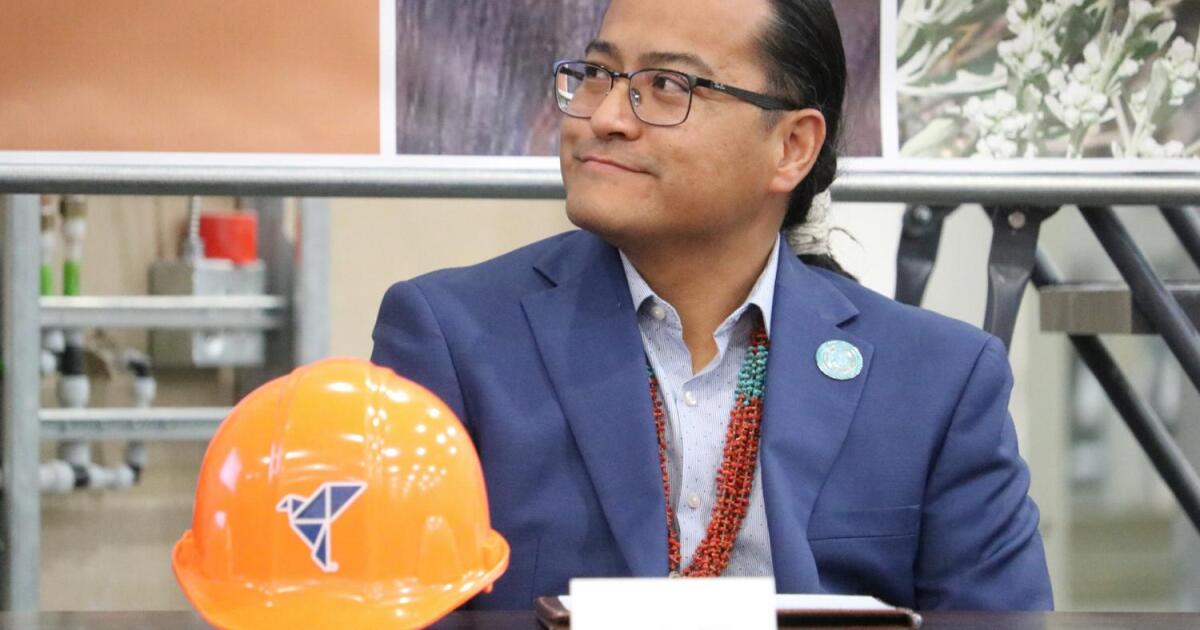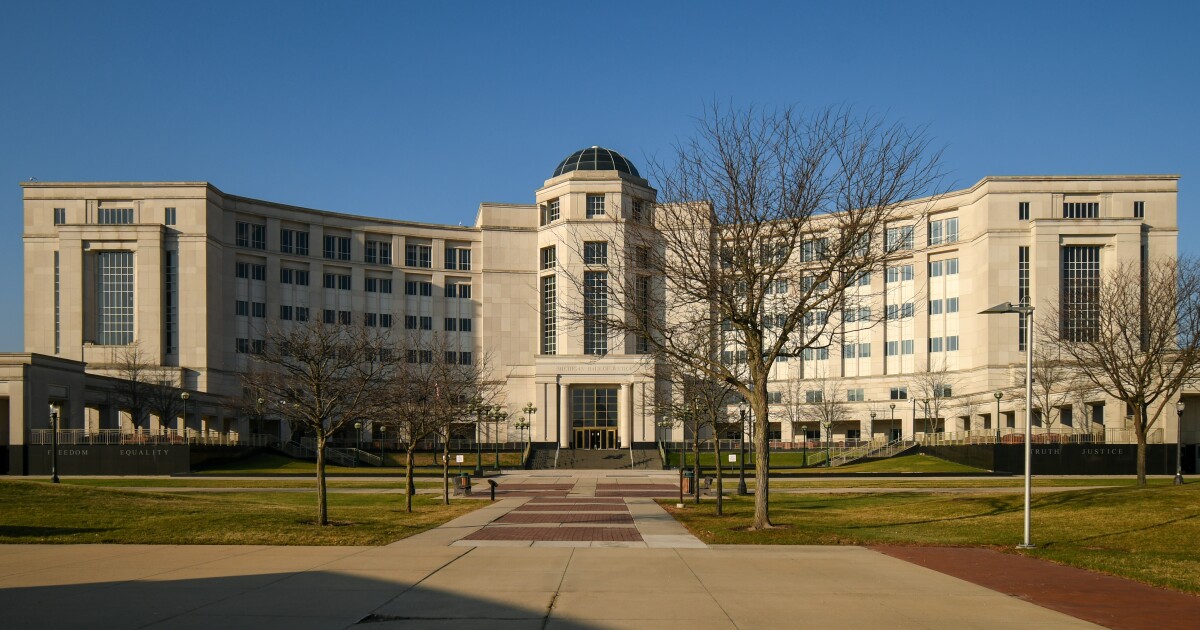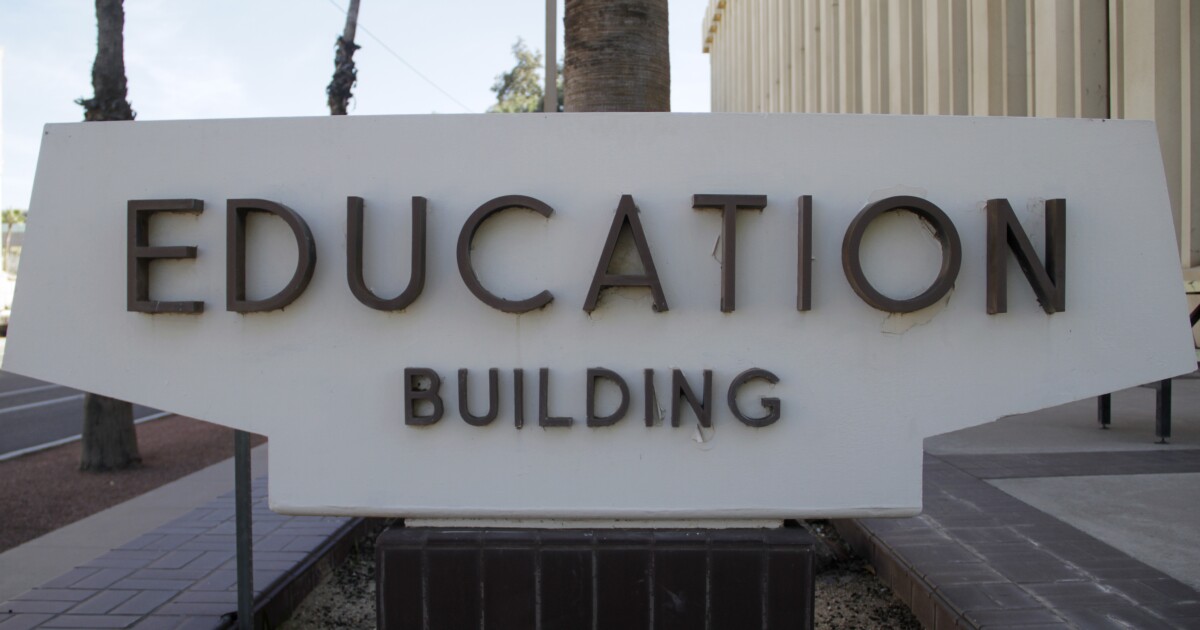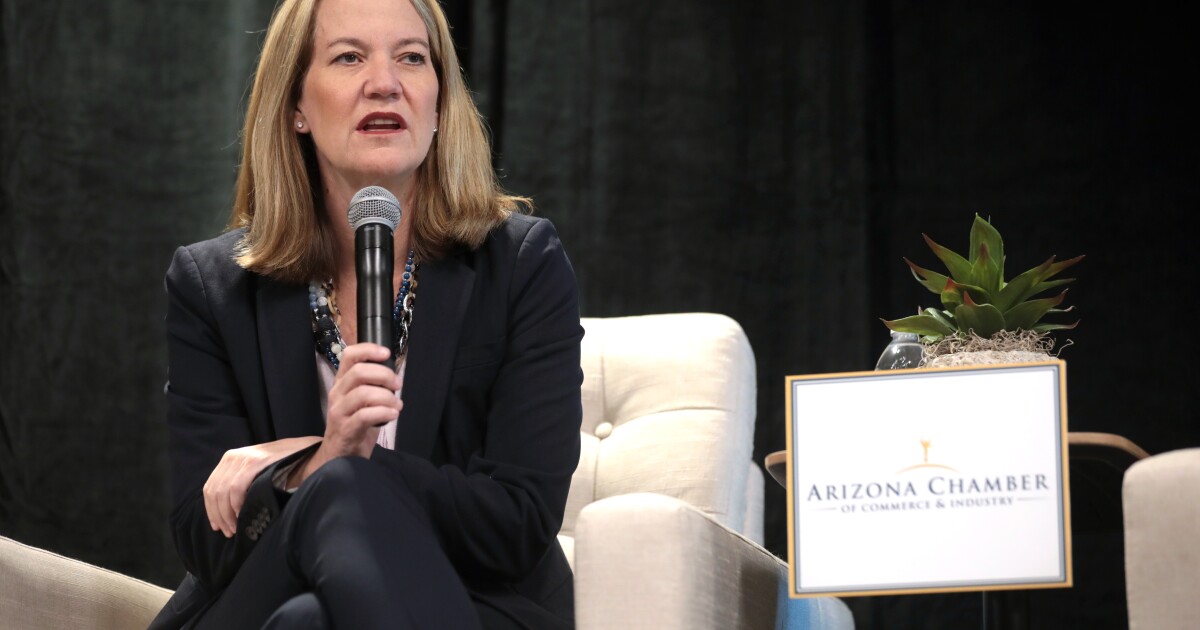Calls for Investigation into Massive Fire at Grand Canyon’s North Rim
In response to the Dragon Bravo Fire, which consumed 11,000 acres on the Grand Canyon’s North Rim, Arizona’s Sen. Mark Kelly has joined others in advocating for a thorough investigation. Despite the fire’s destruction, Kelly emphasizes the potential benefits of allowing some fires to burn to mitigate future risks.
“If you don’t let some naturally occurring fires to happen, you wind up with a higher fuel load over years and years or decades. And then when you do have a fire, it can burn much hotter and be much more devastating,” Kelly explains.
Kelly is concerned that the fire’s rapid expansion might undermine efforts to improve wildfire management in the western United States. He suggests that although fire managers may have acted appropriately before the blaze destroyed 70 structures, including the Grand Canyon Lodge, an investigation remains essential.
“The investigation might come out and say, ‘Well, actually this was the right way to do it.’ And, you know, sometimes weather conditions change and there are unforeseeable things that happen. That’s a possibility too. So, yeah, I think you always want to go with the science,” Kelly states. “The reason you have investigations, it’s not to place blame. It’s to change the operating procedures, the processes, the decision-making to make sure […] that set of circumstances doesn’t happen again, so you can just do better.”
The Dragon Bravo Fire, ignited by lightning on July 4, initially progressed slowly until wind conditions intensified its spread after nearly a week. The National Park Service (NPS) had initially managed the fire using a ‘confine and contain’ approach, balancing the natural role of fire with risk reduction.
An NPS spokesperson noted, “All wildfires on NPS land are managed for suppression. In the case of the Dragon Bravo Fire, it exhibited low to moderate growth until July 11.” However, rapid changes in weather and extreme conditions were identified as key factors in the fire’s escalation.
Governor Katie Hobbs and other critics question the management decision to permit the fire to continue burning during the peak of the hot and dry season.
—
Read More Arizona News



